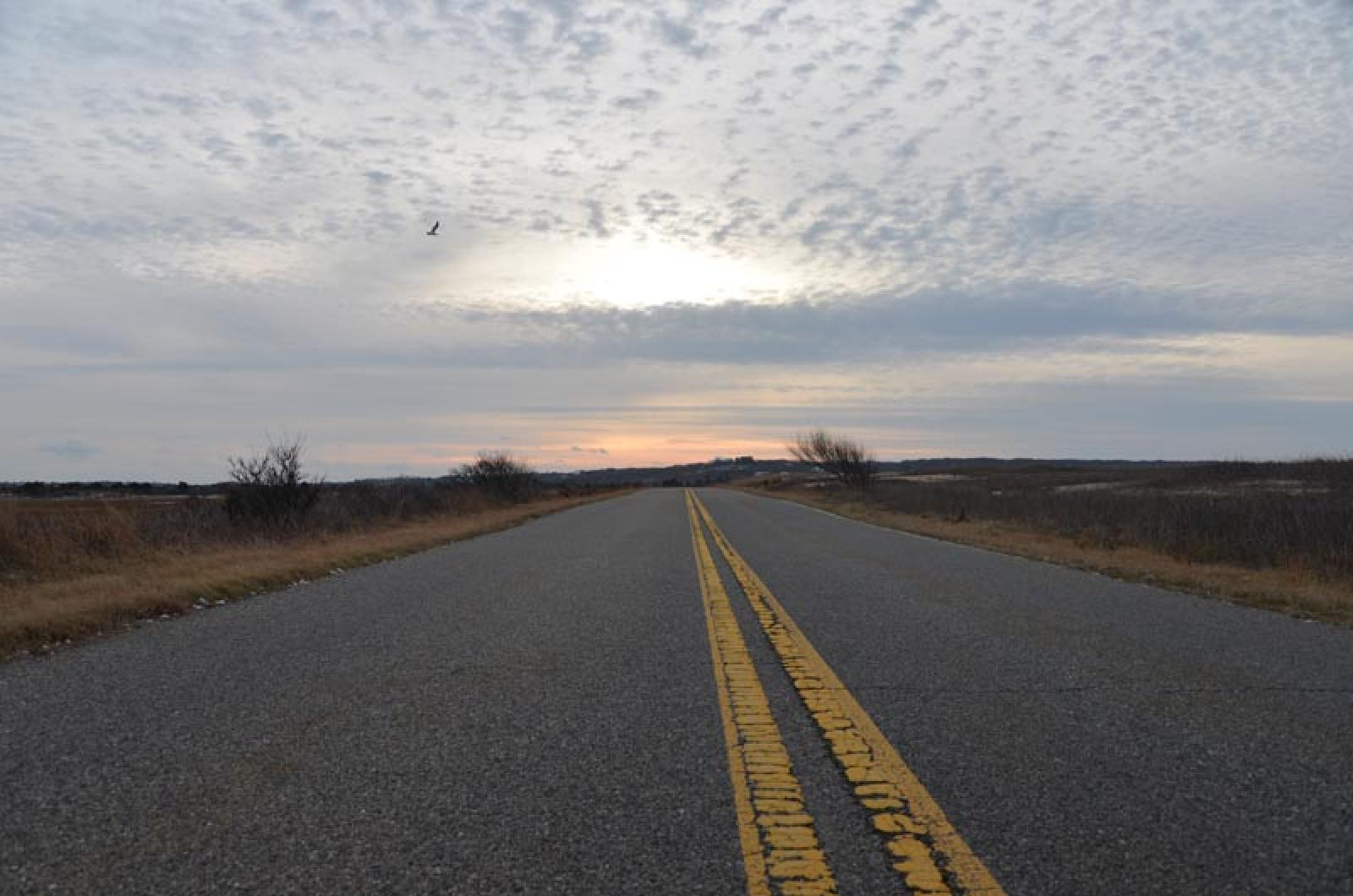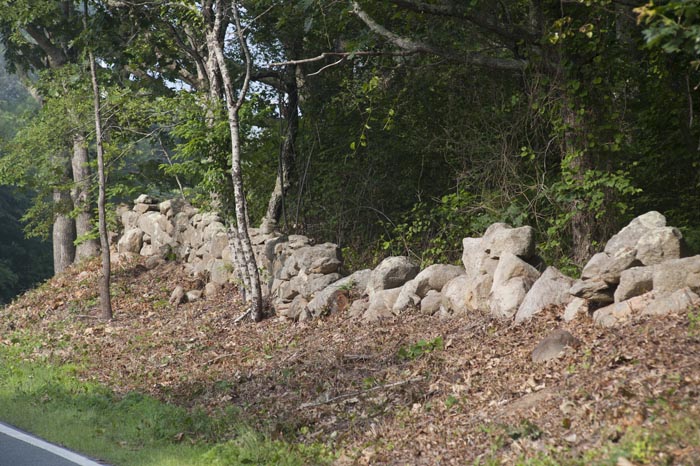From the tree canopies over North Road to the bike lanes along Beach Road, a project to preserve rural Vineyard roadscapes took a step forward last week.
The Martha’s Vineyard Commission voted unanimously at their Feb. 20 meeting to create a manual to preserve and protect the Island’s roads.
The project is the brainchild of Craig Whitaker, an architect who approached the commission about taking measures to preserve Vineyard roads. He has worked with the commission’s planning and economic development committee to bring the idea to the larger group.
Mr. Whitaker has long been an admirer of the Vineyard’s rural roads, he told the commission. A longtime seasonal resident, his interest in Vineyard roads dates back his first visit to the Island when he saw moonlight come through the tree canopy on North Road.
“Anyplace that can do what had happened on North Road was worth getting very serious about,” he said.
From that memorable moment, Mr. Whitaker recalled a more jarring recent sight: driving on Beach Road toward Oak Bluffs, he thought there was an accident up ahead. Instead, he said, he was looking at “Fourteen separate reflector signs over the two bridges.”
North Road and the bike paths on Beach Road drew Mr. Whitaker’s praise, while he said places like the Tashmoo Overlook could be improved. Using a modest grant, Mr. Whitaker started to look into how the Vineyard could take control of its roads.
Those plans now call for creating a rural roads manual, which would set guidelines for everything from utility poles to signage.
The first step, commission executive director Mark London told the Gazette, is to have commission members and staffers meet with town planning boards to solicit feedback.
Mr. London said the aim is to create a working group with representatives from each town and anyone else who is interested.
“It’s going to be an ongoing effort,” he said, including negotiating with the power company NStar about utility poles, dealing with upcoming projects and narrowing down priorities.
A starting point will be gathering a library of manuals from communities that have already worked on similar projects. Mr. Whitaker pointed to the National Parks, the San Juan islands in Washington State and Nantucket as examples of communities that have accomplished similar goals.
“The first step for this kind of work is getting a good understanding of existing situations,” Mr. London said. “One option we’re looking at is possibly getting an intern this summer to get a better inventory of existing roads — how wide are they, how wide are the shoulders, how far back is the vegetation.”
The committee could explore the cost of putting electric wires underground, he said, an option that surfaced recently with concerns about new and larger NStar poles on the Island.
Mr. Whitaker estimated the cost of the roads project at $150,000. Mr. London said the ultimate price tag will be determined by what the commission decides to do. While the commission doesn’t have $150,000 to spend on the project, he said, they could look at grants.
Mr. Whitaker said he thinks the next step should be to get professional help to accomplish the work.
Commissioners were largely supportive of the project, and voted unanimously to pursue it. Some had concerns about the process.
“My concern is we do an awful lot of talking and meeting with people,” Aquinnah commissioner Kathy Newman said, suggesting that the commission get the project underway and come up with examples before going to the towns.
“It’s worth doing but it’s hard,” Chilmark commissioner Joan Malkin said.
Mr. Whitaker said he was heartened by the outcome. “The underpinning of it all is this would offer the Vineyard the chance to take charge of its own roadscape,” he said, adding that he hoped the project wouldn’t be buried under too many meetings.
He said he’s heard positive feedback about his presentation, and that the project is necessary to maintain Vineyard character.
“Many of those roads are the first thing people see,” he said. “They really are our front door.”









Comments (11)
Comments
Comment policy »